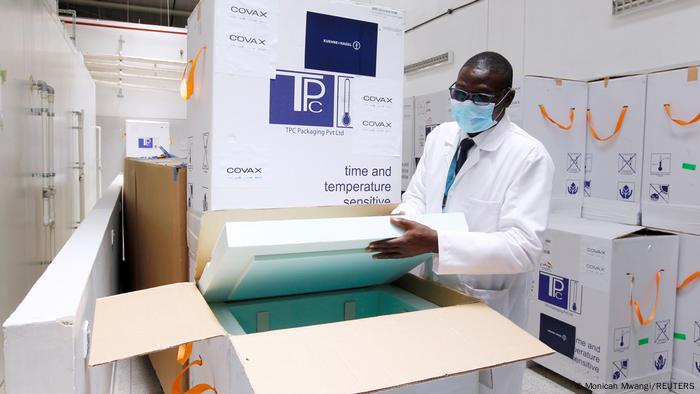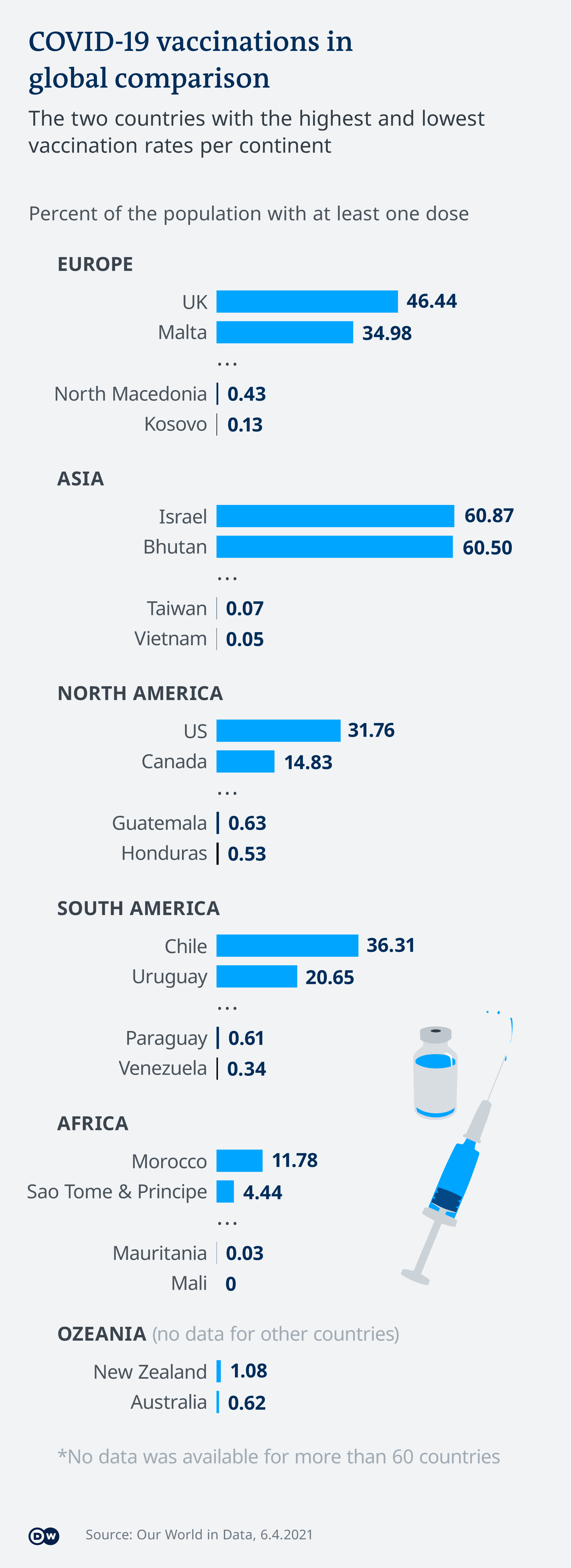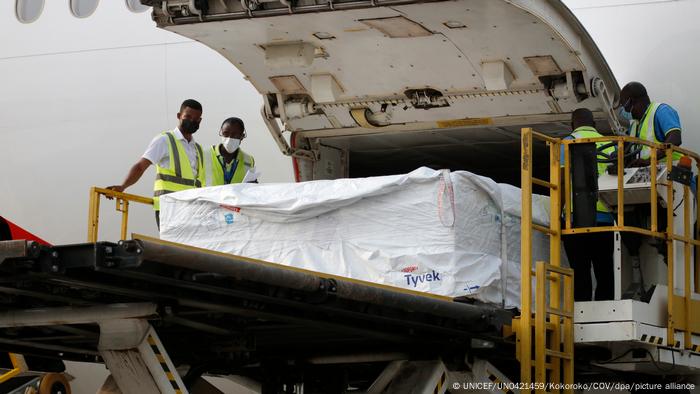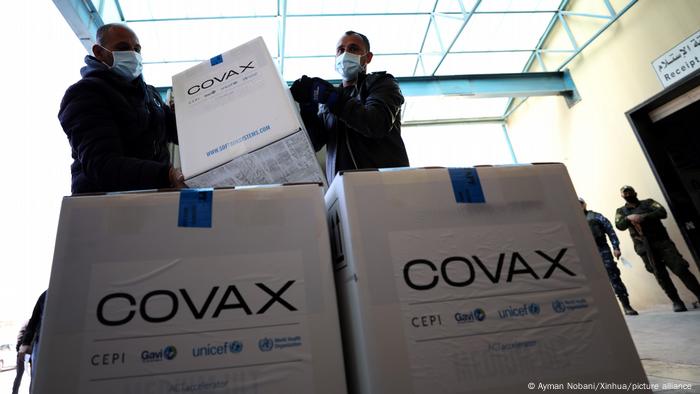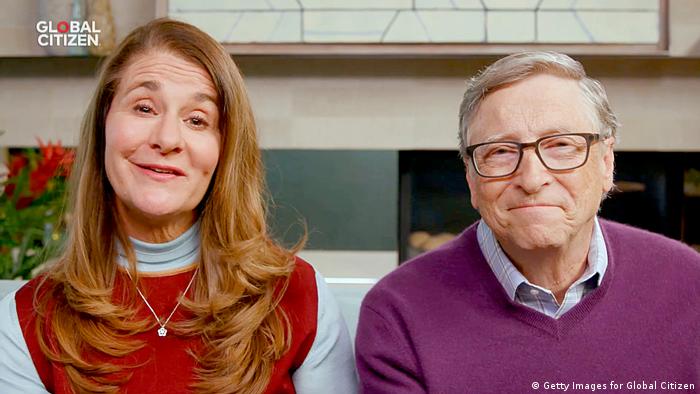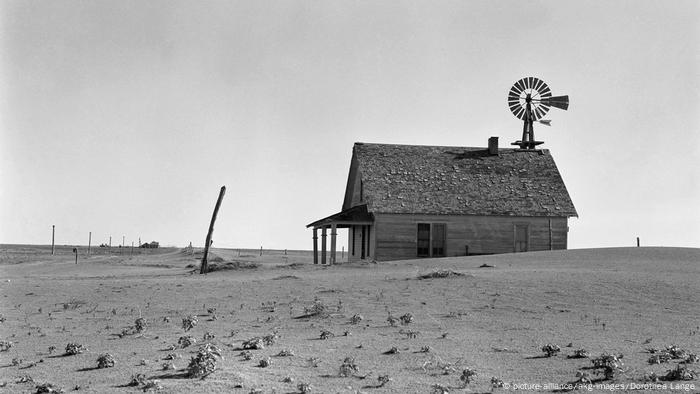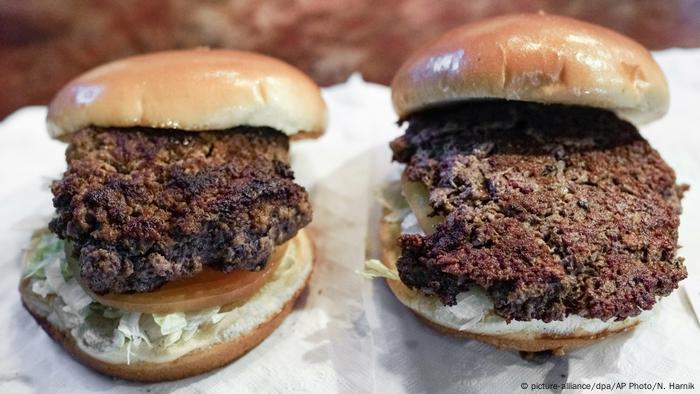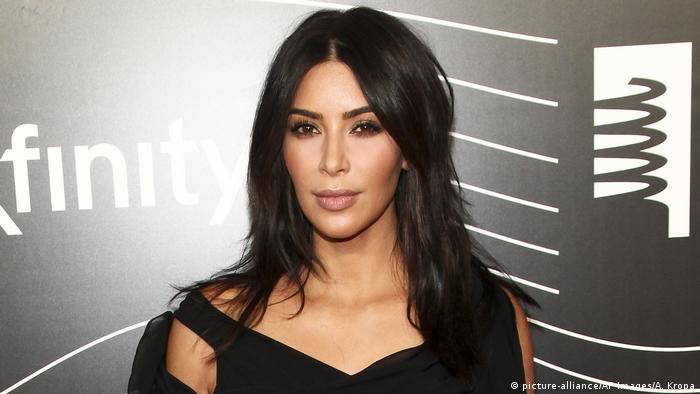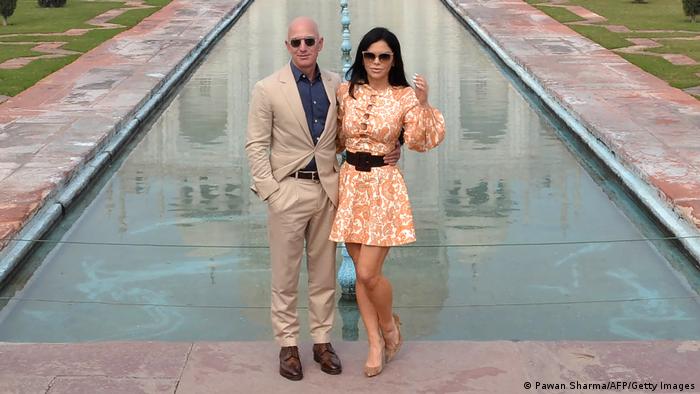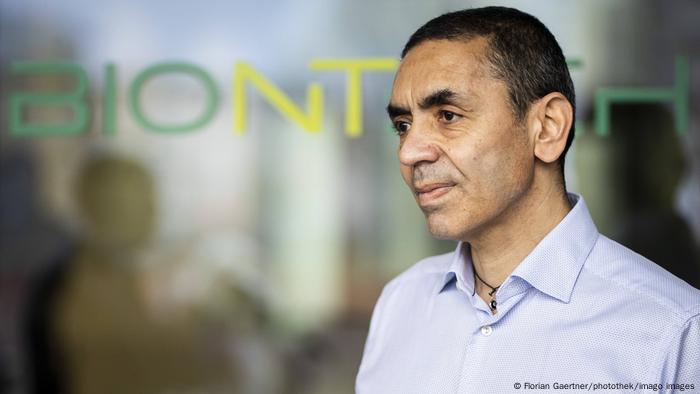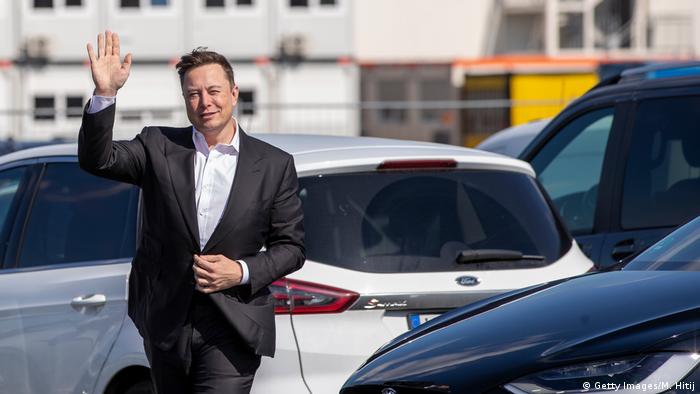German filmmaker Monika Borgmann, widow of slain Lebanese activist Lokman Slim, is continuing the work they began together in Lebanon.
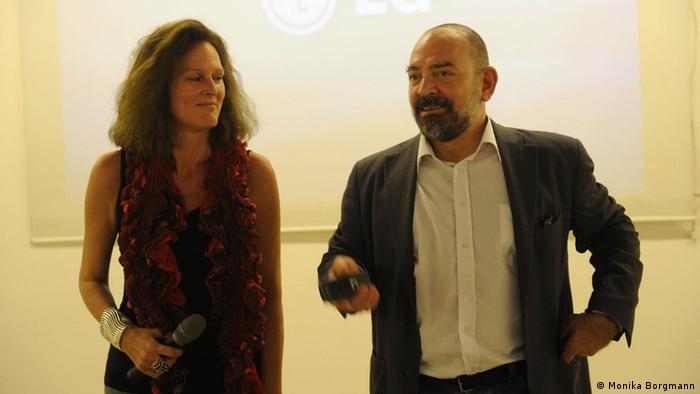
Lokman Slim und Monika Borgmann met in 2001
Dozens of files and 8mm films are piled up on a big wooden table at an archive in Beirut, the only one documenting Lebanon's recent past that is accessible to the public. The walls are covered with photos of the city devastated in the civil war. The atmosphere is busy.
Monika Borgmann is seated on a leather sofa. She drinks coffee and smokes as she discusses the ongoing economic crisis and the protests against Lebanon's corrupt and incompetent politicians: "We're angry and the work here is our driving force," she explains.
Those in power, meanwhile, seem incapable of creating new opportunities in a country that is getting poorer and poorer at an alarming rate and yet was known as the "Switzerland of the Middle East" not all that long ago.
Many people have lost hope in the future. Borgmann is a German filmmaker who found first her vocation and then her husband in Lebanon. She was widowed in February when Lokman Slim, a famous Lebanese intellectual and courageous critic of the powerful Shia militant group Hezbollah, was killed.
Though she is composed, tears well up when she talks about her late husband. "He was executed," she says. "It was a political murder. They shot my husband with six bullets."
Borgmann first came to Lebanon in the mid-1980s. She was spending a year in Syria as a student of Islamic Studies and had flown from Damascus to Beirut for New Year's Eve. Lebanon was 10 years into the civil war and the land route was too dangerous. "Something about the country had always fascinated me," she recalls.
Exploring the past
She started working as a freelance journalist from Beirut and later from Cairo, Egypt. Her first radio feature was about daily life in wartime Beirut. She was intrigued by questions such as: "How does one become a perpetrator, a killer?" - questions that had obsessed her during her youth in Germany, when she and her generation started wondering about the responsibility and complicity of their parents during the Nazi era.
After the Lebanese civil war ended in 1990, Borgmann started interviewing snipers and later mass murderers. In 2001 she was conducting research for a documentary about the 1982 Sabra and Shatila massacre in Beirut when a friend introduced her to Lokman Slim because they were both interested in "morbid" themes, he had joked.
They started living and working together. Their first joint project was the documentary about the massacre. It featured six of the Christian Phalange militia who were involved in the killing of thousands of civilians over a period of three days. In it, they talked openly about how they had tortured and murdered people.
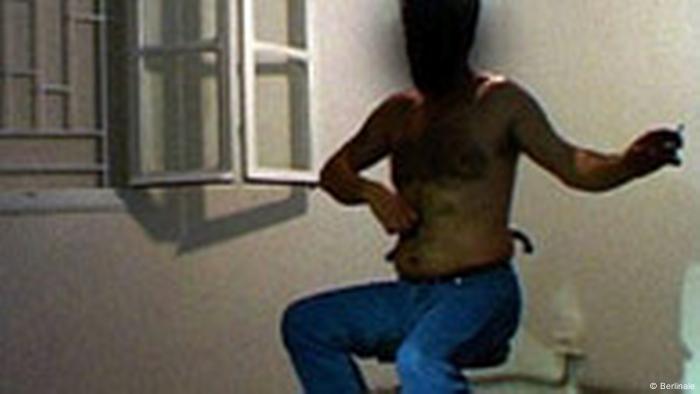
The 2005 documentary 'Massaker' was about the perpetrators of the massacres at Sabra and Shatila
"Lokman and I complemented each other," explains Borgmann. They had a common mission to explore and process the past, even if neither of them was able to find a satisfactory answer to the question of why somebody becomes a murderer.
They often faced obstacles in their research. There was no national archive containing detailed eyewitness accounts and historical documents pertaining to the civil war which lasted 15 years. Education was also limited. Even though people knew what had happened during the war, accounts of what had happened varied widely among the population. And in schools, history lessons tended to stop in 1943 with Lebanon's independence.
'We never feared for our lives'
So Borgmann and Slim decided to set up their own archive and education center, in the middle of Dahiye, a southern suburb of Beirut, which is now a stronghold of Hezbollah. They wanted their Umam research center to link the past to the present.
Since 2005, the center has worked to close the gaps in collective memory. It is supported by Germany's ifa organization for international cultural relations, as well as the German Foreign Ministry and the Swiss Embassy. Workshops, exhibitions and debates with activists, civilians, diplomats and people of different religions and confessions as well as others interested in history and cultural memory are organized here, allowing for unique opportunities for exchange.
But the couple's work also made them enemies. Borgmann says that the threats against her and her husband increased when the Syrian army retreated from Lebanon in 2005. "Each time something important happened in the country, the pressure on us grew," she said. "But we never feared for our lives."

Despite their activism, Borgmann says she and her late husband had never feared for their lives
When Lokman Slim was found dead in his car on February 4, 2021, many wondered: "Why now?"
Borgmann can only guess: "Maybe it was his research into the explosion in the port of Beirut in August 2020." He had told journalists just after the blast that he thought only a small fraction of the ammonium nitrate stash had exploded and speculated that the rest had gone to Iraq or Syria. This theory might well have been seen as an accusation by certain members of Lebanon's divided society.
Crossing a red line
Borgmann says that his murder overstepped a red line. Though nobody ever took responsibility, an eloquent critic of Hezbollah and its allies had been silenced.
The son of a Shiite lawyer and Christian mother, Lokman had grown up in southern Beirut and continued to live there with Borgmann despite the influence of the Hezbollah, whom he never shied away from criticizing. Describing himself as a Shiite atheist, he thought that Hezbollah, which emerged in opposition to Israeli occupation in the 1980s, is manipulated from afar by Iran.
Borgmann says that today, Hezbollah — a combination of militia, political party, social organization and military entity — needs conflict with Israel to justify its existence. But this justification could vanish in a country that is facing its worst economic crisis since the outbreak of the civil war in 1975. Hyperinflation is causing the Lebanese lira to fall by the hour. Most of the population has lost faith in politicians, whether they belong to pro-Western factions or Hezbollah.
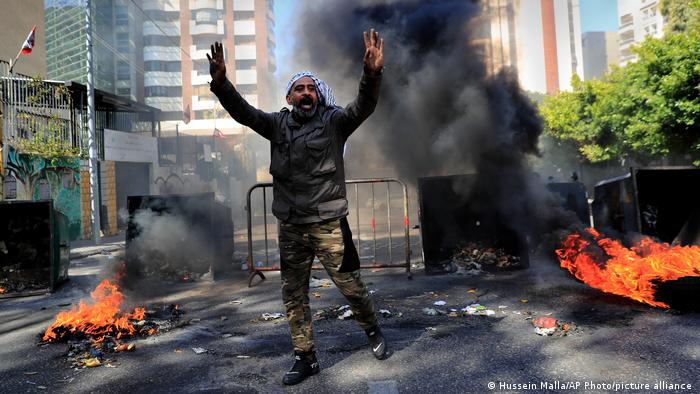
There have been protests across Lebanon as inflation soars
In October 2019, mass protests erupted on the streets. Activists and intellectuals, including Borgmann and Slim, met to discuss the situation and possible solutions. In December, a discussion flared up when the couple talked about the idea of neutrality in foreign policy and about finding regional solutions by involving neighbors, including Israel, with which Lebanon is still officially at war. Many Hezbollah supporters felt provoked and accused them of Zionism. They left the premises under police protection.
Borgmann takes another cigarette from her pack, lights it, continues to talk. She talks passionately about her politics, art and husband. "We worked and lived together for 20 years. They may have murdered Lokman, but his work lives on in all of us here."
- Date 11.04.2021
- Author Lea Bartels
This article was translated from German.
